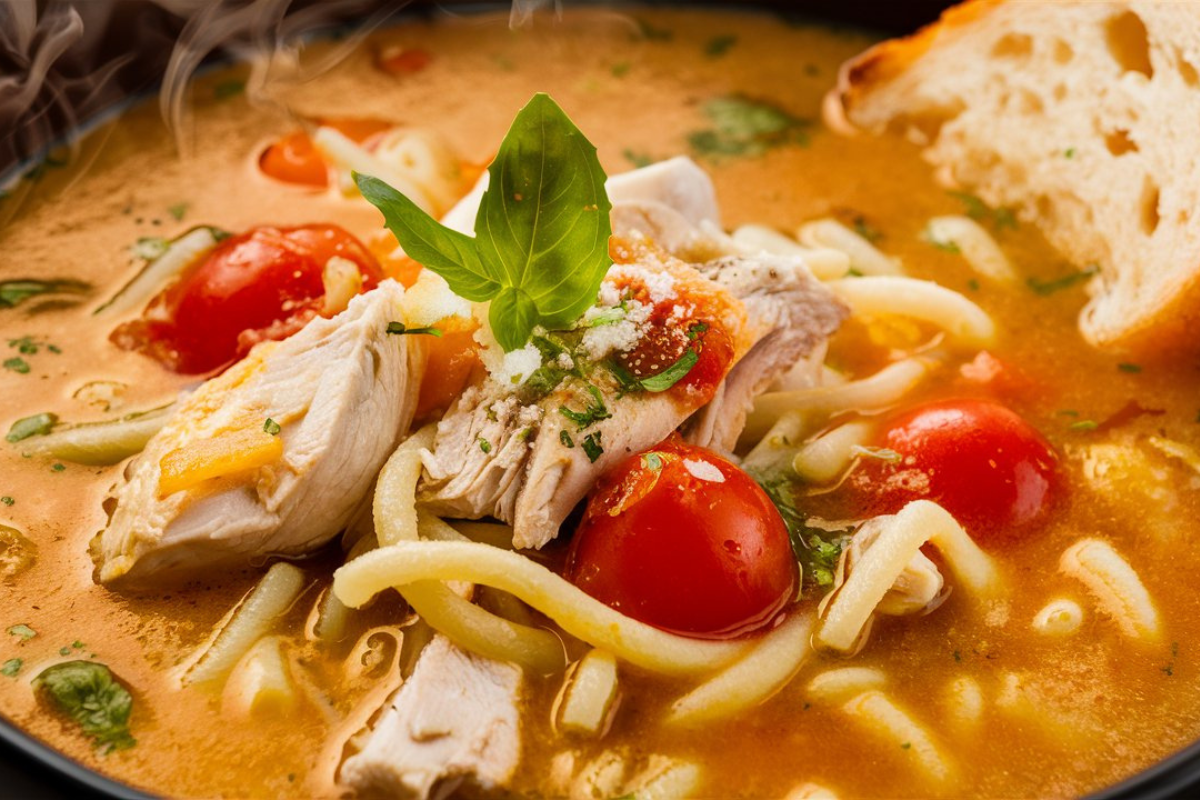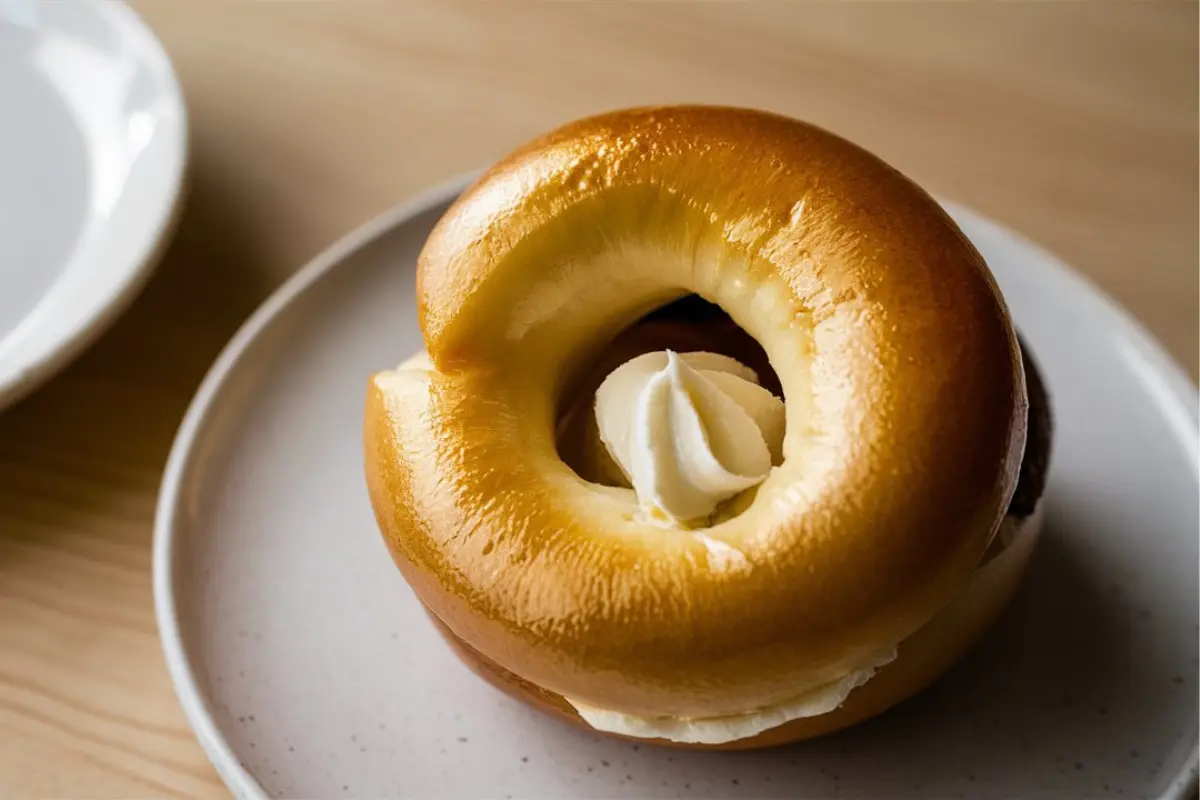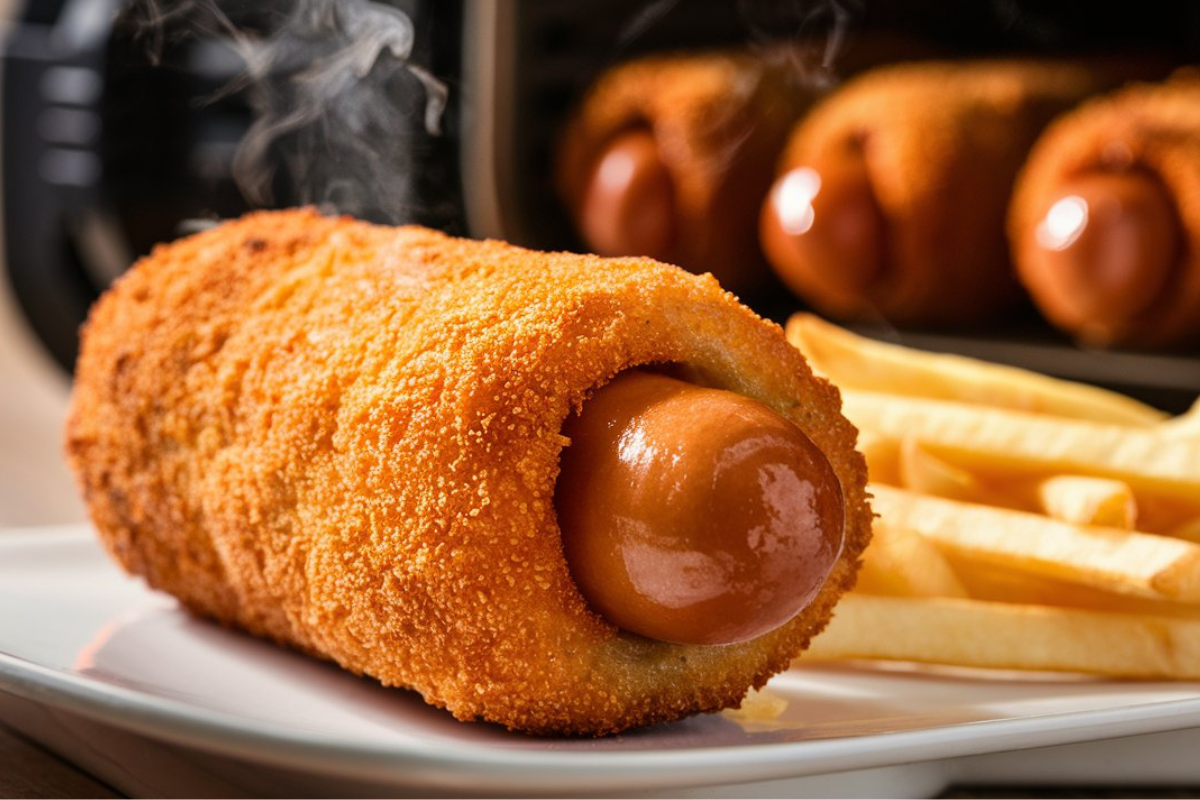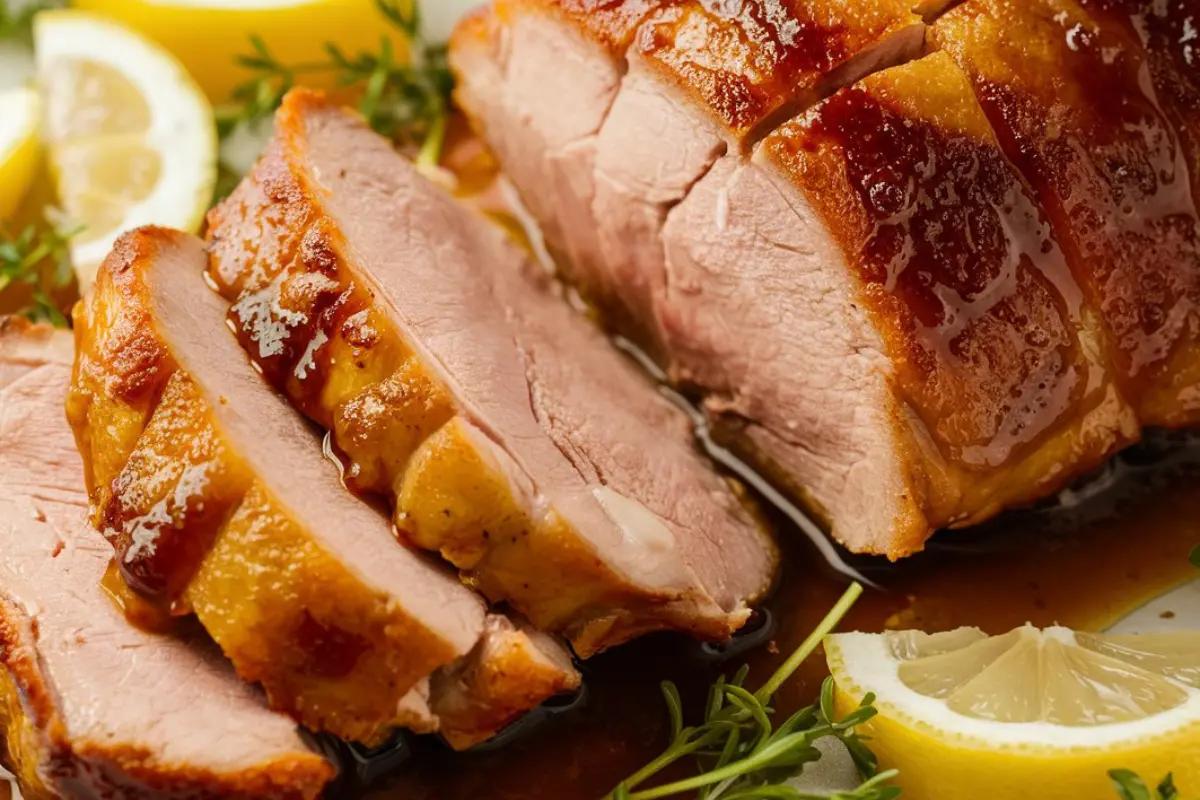Introduction to Apple Custard Pie
Apple Custard Pie isn’t just another dessert—it’s a delightful blend of textures and flavors that brings together the best of both worlds: the classic apple pie and the rich, creamy custard. This pie is a festive favorite, perfect for holidays, family gatherings, or just a cozy night in.
The Unique Charm of Apple Custard Pie
Why settle for a regular apple pie when you can elevate it with a layer of luscious custard? The custard not only adds a silky texture but also enhances the natural sweetness of the apples. It’s a pie that balances the tartness of the fruit with the sweetness of the custard, creating a harmonious dessert that’s loved by all ages.
Cultural Significance
Across the globe, pies signify home, warmth, and celebration. The Apple Custard Pie takes this a step further by combining elements that are cherished in many cultures: apples symbolize health and prosperity, while custard is often associated with comfort and luxury. This pie is more than just a treat; it’s a piece of culinary art that tells a story of cultural fusion and shared delights.
In the next section, we’ll dive into the essential ingredients needed to make this mouth-watering pie. Stay tuned to gather all the secrets to choosing the right components that will make your Apple Custard Pie a showstopper at any event. And remember, a great pie starts with great ingredients. For expert pie baking techniques that can help elevate your baking, check out Martha Stewart’s Perfect Pie Baking Techniques.
This introduction sets the stage for an engaging and informative exploration into making the perfect Apple Custard Pie, promising readers not just recipes but also the joy and art of pie-making.
Essential Ingredients
Creating a standout Apple Custard Pie requires a selection of quality ingredients. Each component plays a pivotal role in building the flavor profile and texture of the pie. Let’s break down the essential ingredients you’ll need to bring this delightful dessert to life.
Selecting the Right Apples
Choosing the right type of apple is crucial for your pie. Apples not only hold their shape during baking but also provide the necessary tartness that complements the sweet custard. To understand more about the health benefits of using apples in desserts, see the health benefits of apples.
The Foundation: Pie Crust
The pie crust is the canvas for your Apple Custard Pie. For the best results, use a butter-based crust that promises flakiness and a rich flavor. You can make your own crust or, if short on time, opt for a high-quality store-bought version. The key is to ensure that the crust is thin enough to hold the fillings but sturdy enough not to sog under the weight of the apples and custard.
Custard Ingredients
The custard is what sets this pie apart from traditional apple pies. For a creamy, rich custard, you will need:
- Eggs: Large, fresh eggs work best.
- Sugar: Fine granulated sugar dissolves easily.
- Heavy cream and full-fat milk: These contribute to the luxurious texture of the custard.
- Vanilla extract: A splash of high-quality vanilla adds depth to the custard’s flavor.
Spices and Flavorings
To enhance the flavors of your pie, you’ll need:
- Cinnamon: This spice is non-negotiable for its warm, spicy note.
- Nutmeg: Just a hint adds complexity to the sweetness.
- Lemon zest: It provides a refreshing lift to the overall profile of the pie.
With these ingredients, you are set to create a pie that not only tastes divine but also smells heavenly. Each ingredient has been chosen to bring out the best in the others, promising a pie that is balanced, flavorful, and irresistibly inviting. As you gather these ingredients, remember that the quality of each will reflect in the taste of your finished pie. If you’re interested in understanding more about how each ingredient affects your baking, the Science of Baking at Serious Eats provides an excellent deep dive into the culinary science behind baking.
In the following section, we’ll move on to the actual preparation and baking of our Apple Custard Pie. Get ready to roll up your sleeves and turn these ingredients into a delicious masterpiece!
Step-by-Step Recipe
Now that you’ve gathered all your ingredients, it’s time to put them together and start baking your Apple Custard Pie. Follow these detailed steps to ensure a perfectly baked pie that’s as delightful to look at as it is to eat.
Preparing the Pie Crust
- Prepare the Dough: If you’re making the crust from scratch, combine flour, a pinch of salt, and cold butter cut into small pieces. Utilize a pastry blender or your fingertips to work the butter into the flour until it achieves a crumbly, coarse texture.
- Chill the Dough: Wrap the dough in plastic wrap and refrigerate for at least an hour. This step is crucial as it helps the fats to solidify again, which contributes to the flakiness of the crust.
- Roll Out the Dough: On a lightly floured surface, roll out the dough into a circle about 12 inches in diameter. Carefully place the dough in a 9-inch pie dish. Trim any excess and crimp the edges for a decorative touch.
- Pre-bake the Crust: To prevent a soggy crust, pre-bake it at 375 degrees F for about 10 minutes. Use pie weights or dried beans to keep the crust from bubbling up.
Making the Custard
- Combine Ingredients: In a large bowl, whisk together eggs, sugar, heavy cream, milk, and vanilla extract until smooth.
- Add Flavorings: Stir in cinnamon, nutmeg, and a pinch of salt to enhance the flavors.
- Cook on Stove: Transfer the mixture to a saucepan and cook over medium heat, stirring constantly, until it thickens slightly—this should take about 5-7 minutes. Ensure the mixture does not reach a boiling point.
Assembling the Pie
- Layer the Apples: Arrange thinly sliced apples in the pre-baked pie crust. Sprinkle with lemon zest and a little sugar to enhance the apples’ natural flavors.
- Pour the Custard: Gently pour the custard mixture over the apples, making sure it seeps into the gaps without overflowing.
- Add the Topping: If you’re adding a streusel topping, mix flour, sugar, cinnamon, and cold butter until the mixture is crumbly. Sprinkle this over the custard.
- Bake the Pie: Place the pie in the oven and bake at 375 degrees F for about 50 minutes, or until the custard is set and the top is golden brown.
Final Touches
- Cool Before Slicing: Allow the pie to cool on a wire rack for at least two hours to let the custard set completely before slicing.
- Serve: Serve your Apple Custard Pie warm or at room temperature, perhaps with a dollop of whipped cream or a scoop of vanilla ice cream.
Following these steps will help you create a beautiful and delicious Apple Custard Pie that’s perfect for any occasion. The creamy custard and spiced apples, encased in a flaky crust, make this pie a surefire hit at any gathering. And remember, using seasonal fruits in your baking can make all the difference in flavor and texture, as noted in the USDA Seasonal Produce Guide.
Next up, we’ll dive into some baking tips and tricks to ensure your pie comes out perfectly every time. Stay tuned!
Baking Tips and Tricks
Mastering the art of pie baking can transform a simple dessert into a spectacular one. Here are some essential tips and tricks to ensure that your Apple Custard Pie turns out perfectly every time.
Achieving the Perfect Flaky Crust
- Keep Ingredients Cold: The secret to a flaky crust lies in keeping your butter and water as cold as possible. This prevents the fat from blending too thoroughly with the flour, allowing those tiny pockets of butter to steam and create flaky layers during baking.
- Don’t Overwork the Dough: Overworking the dough can develop the gluten too much, leading to a tough crust instead of a flaky one. Mix just until the dough comes together.
- Chill Before Baking: Always chill your pie shell before filling and baking. This helps prevent shrinkage and keeps the shape of your crust.
Perfecting the Custard
- Temperature Control: When cooking your custard, low and slow is the way to go. High heat can cause the eggs in your custard to curdle.
- Strain for Smoothness: After cooking, strain your custard through a fine-mesh sieve to remove any lumps. This results in a smoother, creamier filling.
- Avoid Overbaking: Custard pies should be removed from the oven when they still have a slight jiggle in the middle. The residual heat will continue to cook the filling without overbaking.
Assembling the Pie
- Prevent Soggy Bottoms: Brush the bottom of your pre-baked crust with egg white before adding the filling.This forms a shield that preserves the crust’s crispiness.
- Layering: Arrange apple slices tightly and evenly to prevent gaps that could fill with too much custard, potentially making the crust soggy.
- Protect the Edges: Cover the edges of your pie crust with foil or a pie shield to prevent them from browning too quickly.
Baking and Cooling
- Bake on the Bottom Rack: Position your pie on the lower rack of the oven. This helps the bottom crust bake thoroughly before the top of the pie gets too brown.
- Cool Gradually: Let your pie cool slowly in a warm area of your kitchen to prevent the custard from cracking due to a sudden temperature change.
Employing these baking tips and tricks will enhance not only the taste and texture of your Apple Custard Pie but also your confidence and enjoyment in the baking process. Whether you’re baking for a special occasion or a simple family meal, these insights will help you achieve pie perfection.
In the next part, we’ll explore some delicious variations of Apple Custard Pie to keep your dessert menu exciting and fresh. Each variation offers a unique twist on the classic recipe, providing new flavors and textures to enjoy. Stay tuned!

Variations of Apple Custard Pie
Once you’ve mastered the classic Apple Custard Pie, why not experiment with some variations to spice up your dessert repertoire? Each twist on the traditional recipe introduces new flavors and textures, making each pie a unique treat.
Apple Custard Pie with Streusel Topping
Adding a streusel topping to your apple custard pie introduces a delightful crunch that contrasts beautifully with the creamy custard and soft apples. Simply mix flour, brown sugar, and butter until crumbly and sprinkle over the top before baking. The streusel will bake to a golden brown, adding not only texture but also a deeper flavor.
Caramel Apple Custard Pie
For a decadent twist, drizzle caramel over the top of your custard pie. Prepare your pie as usual and then, just before serving, drizzle with warm caramel sauce. This not only adds a rich, gooey texture but also a sweet complexity that pairs perfectly with the apples and custard. For an extra treat, serve each slice with a side of homemade caramel sauce for dipping.
Spiced Apple Custard Pie
Enhance the autumnal flavors of your pie by incorporating additional spices into the custard mixture. Add ground cloves, allspice, and an extra dash of cinnamon for a pie that smells as good as it tastes. These spices complement the natural flavors of the apple and add a warmth that’s perfect for cooler weather.
Chai-Spiced Apple Custard Pie
Infuse your custard with a chai tea blend for a pie that’s aromatic and subtly spiced. Steep chai tea in the milk before mixing it into the custard to infuse it with notes of cardamom, cinnamon, ginger, and black pepper. This version is particularly comforting and pairs wonderfully with a hot cup of coffee or tea.
Gluten-Free Apple Custard Pie
Make your pie accessible to everyone by using a gluten-free pie crust and ensuring your other ingredients are gluten-free. This variation is particularly helpful for accommodating friends and family with dietary restrictions, and the result is just as delicious as the traditional recipe.
These variations of Apple Custard Pie allow you to cater to a variety of tastes and occasions, making your baking adventures both fun and flexible. Each version offers something special, ensuring that your pies will always bring excitement and joy to the table.
Next, we’ll look into the nutritional aspects of this beloved dessert, providing insights into how it fits into a balanced diet and some tips for making it healthier without sacrificing flavor.




